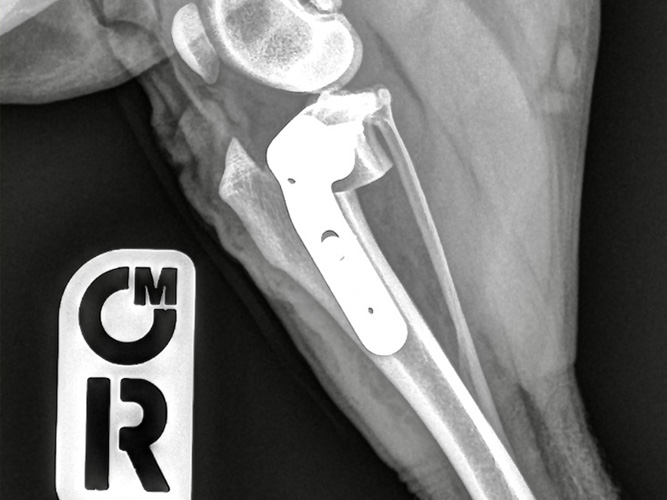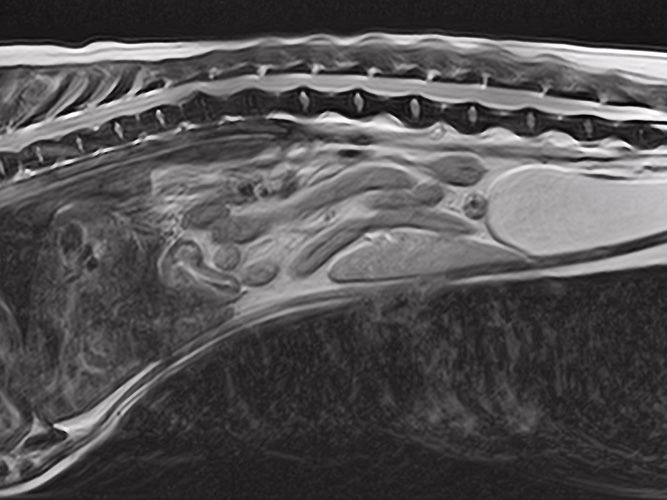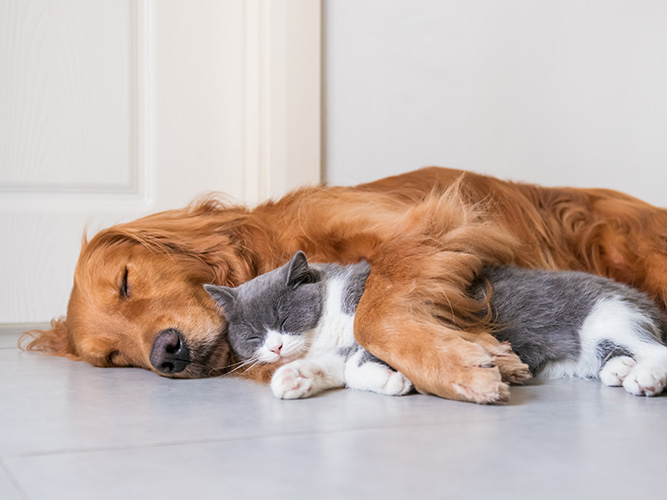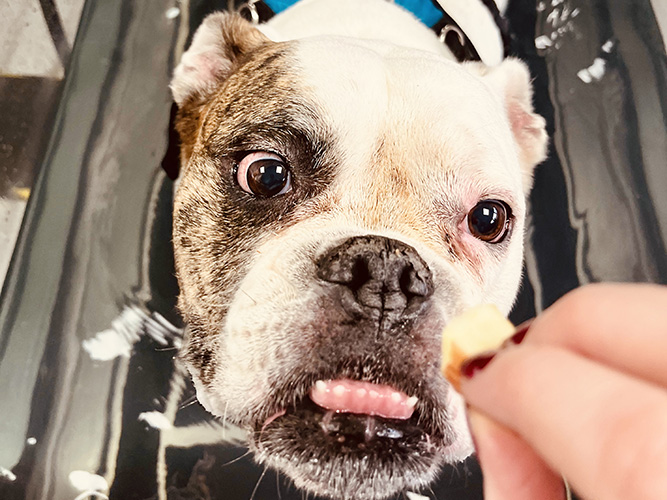How to Clean a Dog WoundShare on
Due to dogs needing a lot of daily exercise, you’re likely to be spending lots of time playing with your faithful canine but this increases the risk of your dog injuring itself.
When this happens, dog owners often panic and feel they need to contact their vets immediately. However, in some cases, minor wounds can be cleaned and treated at home.
Injuries are common in dogs, but you can avoid unnecessary vet bills if wounds are treated and cleaned correctly. In this guide, we’ll explain the importance of knowing the different types of wounds, how to assess a wound, what supplies you’ll need and how to clean or treat the wound.
Different types of wounds
A wound is damaged skin tissue such as a tear or cut that, if left untreated, can cause or increase a risk of infection. Wounds in dogs are often caused by hard or sharp objects but they can also be a result of a dog or animal bite. It can also be incredibly difficult to detect a dog wound due to surrounding fur.
There are several wounds you need to be aware of. Understanding these will enable you to know if further action needs to be taken as, if left untreated, wounds can become infected and cause further complications to your dog.
Some of the more common wounds in dogs include:
- Graze or scrape: can be caused by a sliding fall
- Laceration or tear: when the skin is scratched or torn open, creating an open wound This often is a result of another animal or being caught in a wire fence
- Incision: caused by a clean, sharp-edged object such as knife, razor or piece of glass
- Skin puncture wounds: caused by something puncturing the skin, such as a nail or needle
- Dog bite wound: can cause significant skin damage and need to be treated urgently
How to assess a wound
The required wound care is completely dependant on several factors including:
- The type or severity of the wound
- Location
- Whether it is showing signs of infection
In most cases, dog wounds to be concerned about include those that bleed heavily or anything that is causing your dog serious pain. Regardless of the severity of the injury, keeping the wound clean and treated in the meantime will give your dog its best shot at a smooth recovery.
If your dog’s wound is heavily bleeding, the first step of dealing with this is to apply pressure with a dry, clean dressing before calling your vet immediately.
These types of wounds will also be deep cutting and need to be treated as soon as possible by the vet.
Supplies: what you need to clean a wound
A first aid kit is a common item in most households today and many of its contents can be used to treat your dog’s wound.
That being said, some items may not be safe to use on your dog, you can buy your own pet first aid kit or build one yourself.
If you do decide to build your own, there are a number of essential items you should have in your pet first aid kit:
- Bandages (suitable for pets)
- Cleansing solution suitable for pets
- Antibacterial ointment
- Bandage scissors
- Water-based lubricant solution
- Tweezers/tick remover
- Muzzle and lead (in the case of having to control the dog)
- Clean towels or rags
- Foil blanket, used to retain body heat
- Low adherent absorbent dressings
Cleaning and treating a dog wound
Below is a step-by-step guide on how to clean and treat a dog wound at home:
- If it is small enough, put your dog on a table in front of you. For bigger dogs, you will need to be on the ground with them and, for the dog’s comfort, have a second person with you in case the dog needs to be reassured or restrained during treatment.
- In most cases, if the wound is in an area surrounded by fur, you will need to clip and groomthis area in order to examine the wound properly.
a. Apply the water-based lubricant to the area – this will help with removing the hair from the area and allowing you to access the wound.
b. Use electric clippers to cut the area before wiping the area clear of hair and lubricant with a dry cloth or paper towel.
c. Wash the area with warm water and dry, clearing the area of any debris. - Apply a dog-friendly antiseptic solution to the area. Chlorhexidine is a cheap and accessible solution. It is more commonly used as an ingredient in handwashes and mouthwashes.
- Apply an antibacterial cream or ointment to the wound.
- Apply a bandage to cover the wound and to prevent your dog from accessing and contaminating the wound.
- Clean the wound with the antiseptic solution two or three times a day and apply the antibiotic ointment until the skin is healed.
- Don’t forget to give your pet lots of love and attention – this will only aid the healing process if your pet is as comfortable and at ease as possible.
- If the wound worsens or fails to heal after a week, please contact your vet immediately.
Your pet may also be in pain from the wound so please read our blogs on how to tell if a dog is in pain and giving pain relief.
Still concerned?
Of course, if you have any serious concerns or specific questions regarding your dog’s injury, you should contact your vet. If you are not confident that the wound is healing or about treating the wound yourself, it’s best to let an experienced professional take care of it: after all, your dog’s safety is the priority.
If you need some further advice or information around treating a dog wound, then please don’t hesitate to contact us.
-
Previous
-
Next




